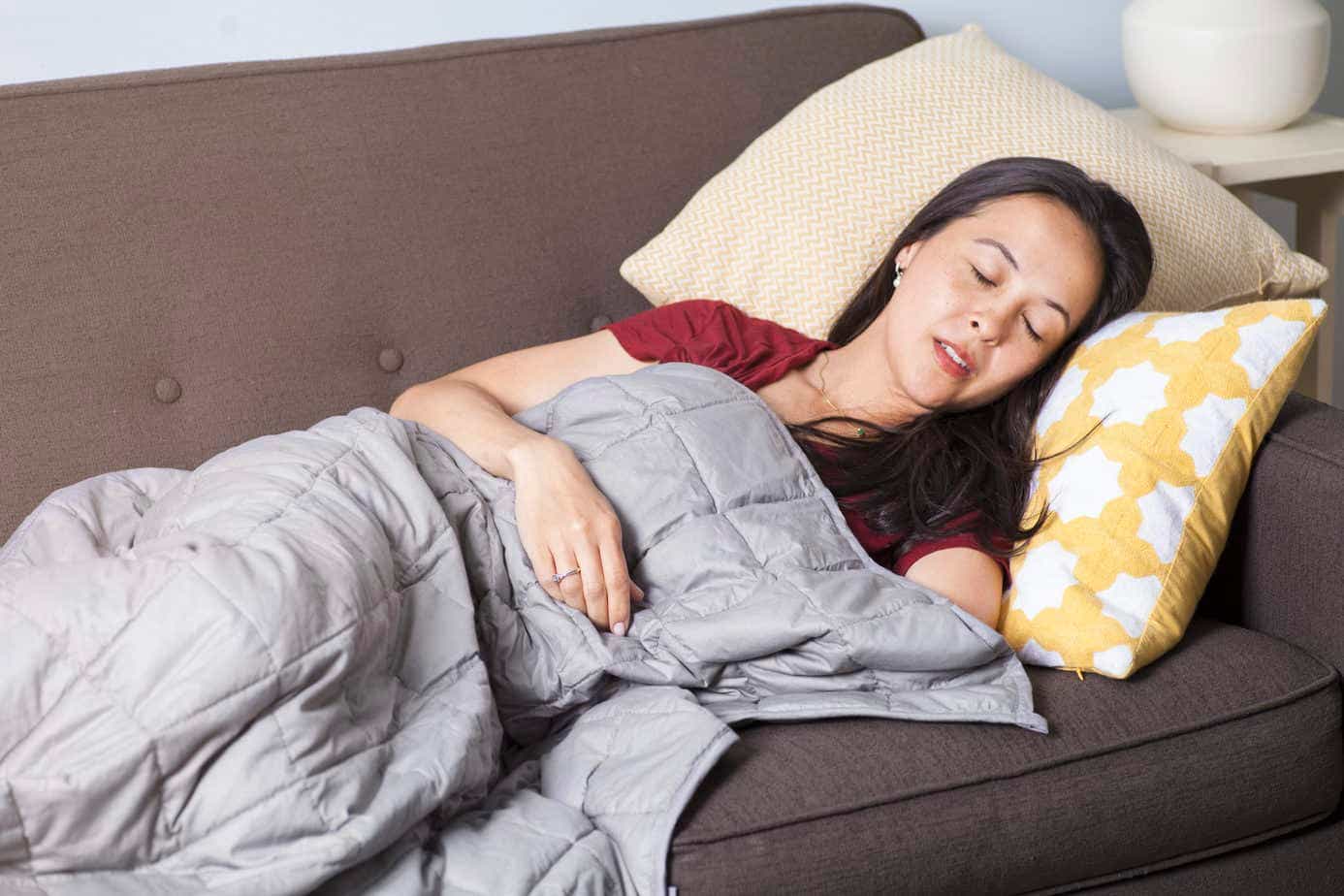Bedding
Published April 22, 2022
7 minHow to Make A Weighted Blanket? DIY Tips to Make Your Own
Weighted blankets are often recommended to children and adults who have stress and anxiety. The heavy weight of the blanket provides the user with a deep-pressure touch that can help calm the central

Table of contents
Who Can Use Weighted Blankets? When can we use weighted blanket Tips on How to Make a Weighted Blanket Steps to make a DIY weighted blanket: What to Consider When You Make a Weighted Blanket? The Last Word
Weighted blankets are often recommended to children and adults who have stress and anxiety. The heavy weight of the blanket provides the user with a deep-pressure touch that can help calm the central nervous system. Dr. Temple Grandin’s research on the effects of deep-pressure touch on the nervous system led to the creation of the weighted blanket. Compared to your usual blankets, this one is filled with weighted discs, poly pellets, or glass or plastic beads even. Hence they are heavier, plus they deliver pressure to boost relaxation.
Who Can Use Weighted Blankets?
Children
Children who are having trouble self-regulating may find that the weight of this blanket can help relax them. It is often used as a tool for those who exhibit signs of anxiety, post-traumatic stress disorder PTSD, Fetal Alcohol Spectrum Disorder (FASD), Autism Spectrum Disorder (ASD), and Attention Deficit Hyperactivity Disorder (ADHD) just to name a few.Adults
Adults who exhibit the same symptoms mentioned above also find using weighted blankets to be heaven-sent as they feel calm and relaxed underneath it. These blankets can be used by adults who are suffering from chronic pain such as restless leg syndrome and insomnia even. Stress can also contribute to sleepless nights for some parents, but the feel of the weight of this therapeutic blanket may help them to get a good night’s sleep.When can we use weighted blanket
Safety Precautions When Using a Weighted Blanket
- Children under two years old should not use a weighted blanket.
- Children should be able to put it on and remove the blanket by themselves. Their head and neck should never be covered.
- Children should never use weighted blankets designed for an adult weight class.
- Weighted blankets must never be used as a restraint
- Weighted blankets work best when self-applied. The person should give consent for its use. Any sign of refusal, either verbal or non-verbal, should be respected.
Tips on How to Make a Weighted Blanket
Now that you have an idea of how a weighted blanket for kids and adults works, you may find it’s perfect for a child who has autism or other processing disorder. If you would like to add a personal touch, making a weighted blanket for your child is well within your grasp.For parents whose children are happy under the weight of the blanket, here are the materials you will need for this project:- Weighted stuffing beads
- Durable fabric for the front and the back
- Ruler
- Scissors
- Pins
- Sewing machine
- Kitchen scale
- Tailor’s chalk
- High-quality thread











